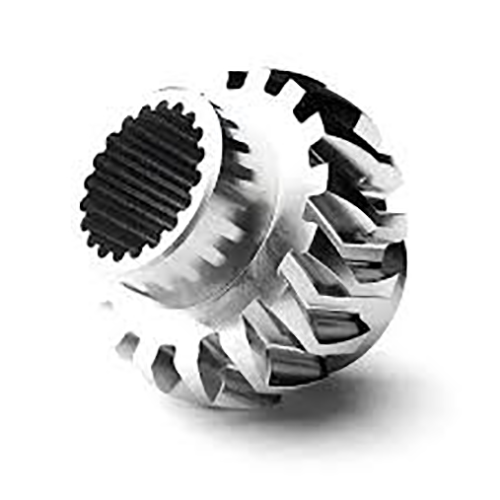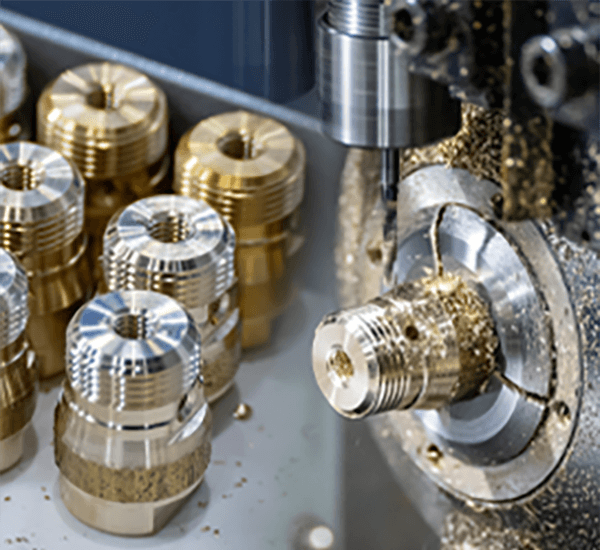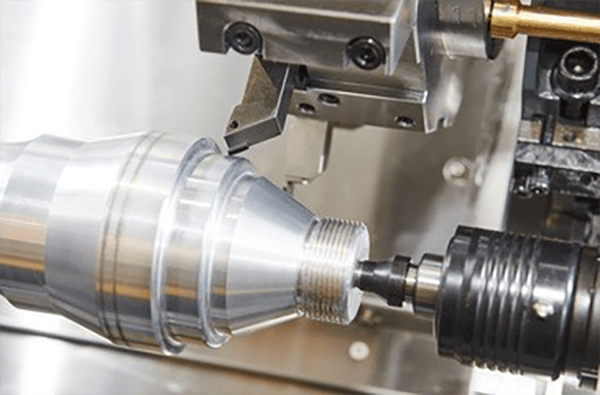
Realizing precise finish on a turned or milled piece becomes necessary.
- Design documents set out definitive finishing requirements for parts
- Designers use Ra (mean deviation) as a numerical indicator of surface roughness
- Familiarity with surface callouts is vital for achieving performance targets
- Defined surface quality influences lubricant retention, coefficient of friction, and wear resistance
- Understanding the notation correctly yields the desired surface result
Precision Principles of CNC Machining

CNC-driven fabrication functions as a modern manufacturing method with programmed toolpaths the apparatus generates complex components precisely.
- Computer-driven machining creates reliable parts from assorted materials
- CNC adaptability suits industries including aerospace and automotive sectors
- Automated machining provides consistent reproducibility for uniform components
From concept models to high-volume manufacturing CNC machining anchors industrial production
CNC Specs Explained
Decoding CNC machine specifications can feel daunting at first glance
Nevertheless simple study and a stepwise method let you read technical specifications
Initiate by spotting principal specs like spindle speed, feed rate, positional accuracy, travel limits, controller
All these parameters affect the tool’s total functional output.
Consider that higher spindle velocity suits pliant materials while elevated feed boosts capacity.
Grasping those connections helps choose machinery aligned with your needs
Remember to consult the manufacturer's literature thoroughly.
Supplier manuals often give critical context and define technical language
A Guide to CNC Machines: What You Need to Know
Computer numerical control machines denote software-driven tools for precise automated fabrication of many substances These systems execute G-code sequences to govern tool movement and actuation.
- Typical CNC models span milling centers, rotary lathes, CNC routers, plasma tables
- Machining methods apply across metals, plastics, wood, and composite substrates
- Also CNC equipment offers quick turn prototyping and low-volume runs for innovators and labs
Computer Numerical Control Machines: An Overview
They embody an integration of hardware accuracy and advanced software regulation Versatile machinery employs programmed code to autonomously produce simple parts and complex assemblies Key principle turns electronic models into physical artifacts.
- Software-driven machining
- CAD-to-CAM integration
It follows systematic positional moves controlled by code Shop technicians tune machining parameters, supervise production, and certify product accuracy.
Significance of Surface Finish in CNC
Delivering planned surface condition during machining is necessary It determines product function and aesthetic quality The type of material being machined the cutting parameters used and the post-processing operations all contribute to the achieved surface texture.
A smooth surface finish can enhance the product's durability while a rougher finish may reduce its effectiveness CNC systems provide diverse tooling and strategies to reach required finishes.
- Including selection of alternative tool profiles |ceramic cutters|tool speed tuning to deliver finish
- Supplementary finishing like polishing or abrasive grinding enhances surface
Grasping how machining variables affect texture is critical to obtain optimal outcomes.
Understanding CNC Machines: A Beginner's Guide
This precise method uses computer-guided machinery to sculpt components from diverse substrates They run numerical instructions to manufacture complex shapes consistently Knowing programming basics and tool selection secures better machining outcomes
Applications of CNC machining are incredibly diverse spanning numerous industries such as aerospace automotive manufacturing From engine components to precision tooling, CNC enables production of sophisticated geometries
Surface Finish Callouts for CNC Machined Parts
Proper specification of surface finish is crucial when machining parts on a CNC machine It helps confirm that the product aligns with performance and cosmetic needs Finish specifications are often expressed via the Ra roughness standard Measured in micrometers or inches, the number reflects mean surface roughness height.
Weigh required surface smoothness against intended use when defining callouts

For instance a smooth surface finish might be preferred for parts that require tight tolerances or precise alignment
Rougher textures often suit parts intended for grip or high-friction contact
Insert concise surface notes in blueprints to articulate finish expectations Include both the Ra value along with any additional instructions such as machining processes or surface treatments.
Note that precise surface specifications contribute directly to production success
CNC Machine Categories and Capabilities
Machine shops deploy varied CNC equipment tailored to many distinct production tasks They adopt CAD-to-CAM pipelines to steer cutting tools for precise part manufacture.
- Milling centers craft intricate contours cavities and surfaces by subtractive cutting
- Routers handle flat panel cutting and profiling for non-metal workpieces
- Waterjet tools cut ceramics composites and metals with no heat-affected zone
Machine selection is dictated by workpiece material, geometric complexity, and precision demands Different CNC platforms supply distinct functionality valuable across industries including automotive and aviation.
Reaching Optimal Surface Quality Using CNC
Attaining top-quality surfaces is critical in fabrication and CNC techniques facilitate that achievement By combining feed optimization spindle settings and cutter geometry selection operators reduce patterning and improve finish Furthermore the utilization of high-quality tooling materials and proper lubrication techniques contributes to a smoother finish Strategic toolpath planning and precise machine adjustments result in superior finish quality.
Programming for Surface Finish in CNC
Managing finish via CNC code is important to secure required surface properties Feed selection spindle rpm and cutter geometry collectively determine texture outcomes Careful selection of these parameters in conjunction with proper lubrication and coolant management can yield a smooth and flawless surface finish.
- Also ongoing tool care and inspection support sustained finish reliability Continuous tool maintenance and oversight preserve high finish consistency Furthermore regular tool maintenance and inspection are essential for ensuring a consistent and high-quality surface what is cnc finish over time
- For better finishes evaluate substrate, roughness goal, and functional context
- Virtual simulation provides a way to optimize feeds and speeds before cutting
- Moreover scheduled tool maintenance and inspection preserve surface performance
